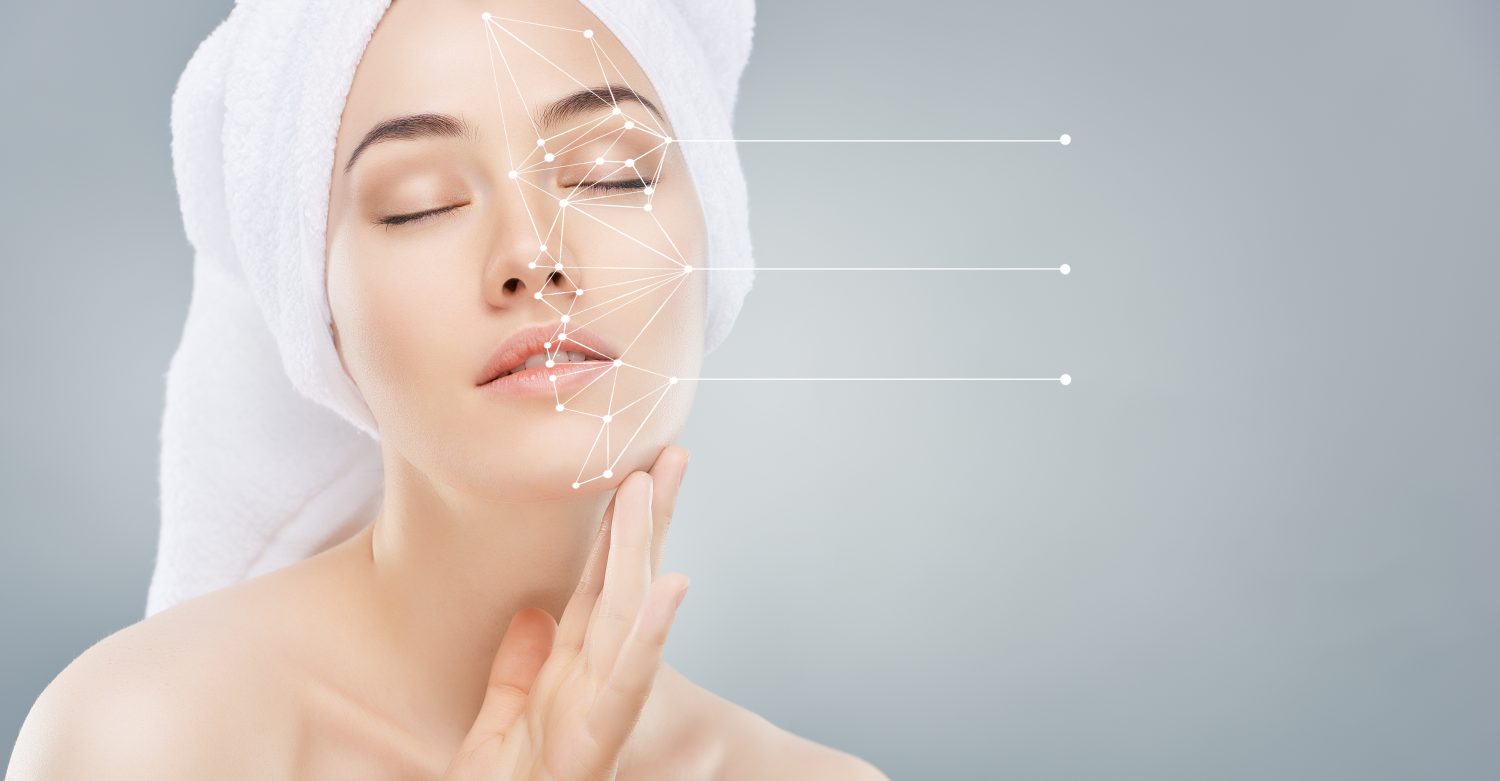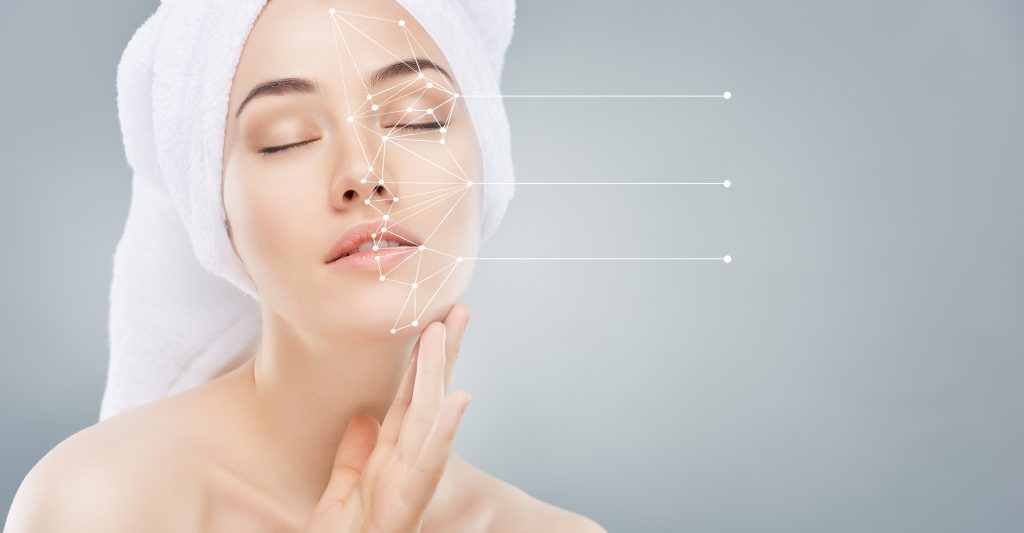
Need To Know: The rules of ageing well – How to choose the right cosmetic doctor
As the editor of Brides Cosmetic Beauty Guide and former editor of Tatler Cosmetic Surgery & anti-ageing guide, cosmetic medicine is my specialist subject and so inevitably I have become a sounding board for many of my friends and family. “Who shall I see about this?” They ask pointing out crow’s feet, sunspots and the occasional turkey neck. Well, before I get into specifics I always advise that whatever your concern, there are some fundamental rules to finding the right cosmetic doctor for you. The most important thing to remember if you’ve got a doctor in mind is to check his/her credentials. A friend’s recommendation is all well and good but make sure your doctor is accredited with the General Medical Council. Surgeons, (who are now doing more and more injectable work,) should be listed with BAAPS (the British Assocation of Aesthetic Plastic Surgeons) and if your planning to see a nurse, that’s fine too but check they belong to the Nursing and Midwifery Council. Play detective and ask to see before and after pictures of a selection of your doctor’s former patients and speak to people in the waiting room about their experiences. I personally run a mile from any doctor who talks to me about their ‘signature look’. Your treatment should be as individual as you are. Angelina Jolie’s lips look great on her but they might look downright silly on you. The best doctors will ask to see old photographs of you in your prime and use this as a reference to getting you back to looking your best, so dig out a few to take for your first visit. Ask as many questions as you can about the proposed treatment plan so you can get a gage on the pain factor and weigh up the side effects such as bruising and swelling so you can plan your social life accordingly. Believe me you do not want to show up at a party or parents evening and have to explain weird bruises.
When it comes to injectable treatments always ask exactly what products the doctor is planning to inject into your face and keep a note of it, in case you ever decide to switch doctors in the future, as its always helpful to know what has worked or even more importantly not worked for you. There are many types of bottilium toxin (Botox is just a brand name) and although they generally have the same action (temporally smoothing fine lines and wrinkles) some doctors believe they have subtly different effects, for example I have been told that Dysport has a marginally softer effect and spreads better through a large area like a forehead than other brands. It’s the same with facial fillers, I strongly recommend sticking to semi permanent hyaluronic acid fillers (trusted names include Restylane, Juvaderm and Teosyal) and don’t try and ‘fix’ everything in one session. Go slowly and gradually for subtle changes so no one can quite put their finger on why you are looking so much fresher. Finally to answer the most frequently asked question, who do I personally see? I sneak off to the small and very unassuming Welbeck street consultancy rooms of Dr Neetu Nirdosh (drnirdosh.com) who has the lightest hand and an artist’s eye. Over the course of the last year she has incrementally been restoring the contours of my face with well-placed hyaluronic acid fillers and sprinkles of Botox around my hairline to soften lines but still allow me to move and have expressions. If you live in the Chelsea area I also highly recommend a visit to Dr Barbara Kubicka (clinicbe.com) who has the best bedside manner and champions the new generation fillers, such as Neauvia, which her patients claims, causes less swelling. And finally the golden rule, less is more. If your fifty plus, your aim shouldn’t be to look twenty again but rather just naturally good for your age. A few expression lines are the key to a happy, attractive face.

Questions? For one-to-one advice on anything health and beauty related you can find me at:
Instagram: Oliviafalcon
Facebook: Olivia Falcon
Twitter: @oliviaFalcon1.



